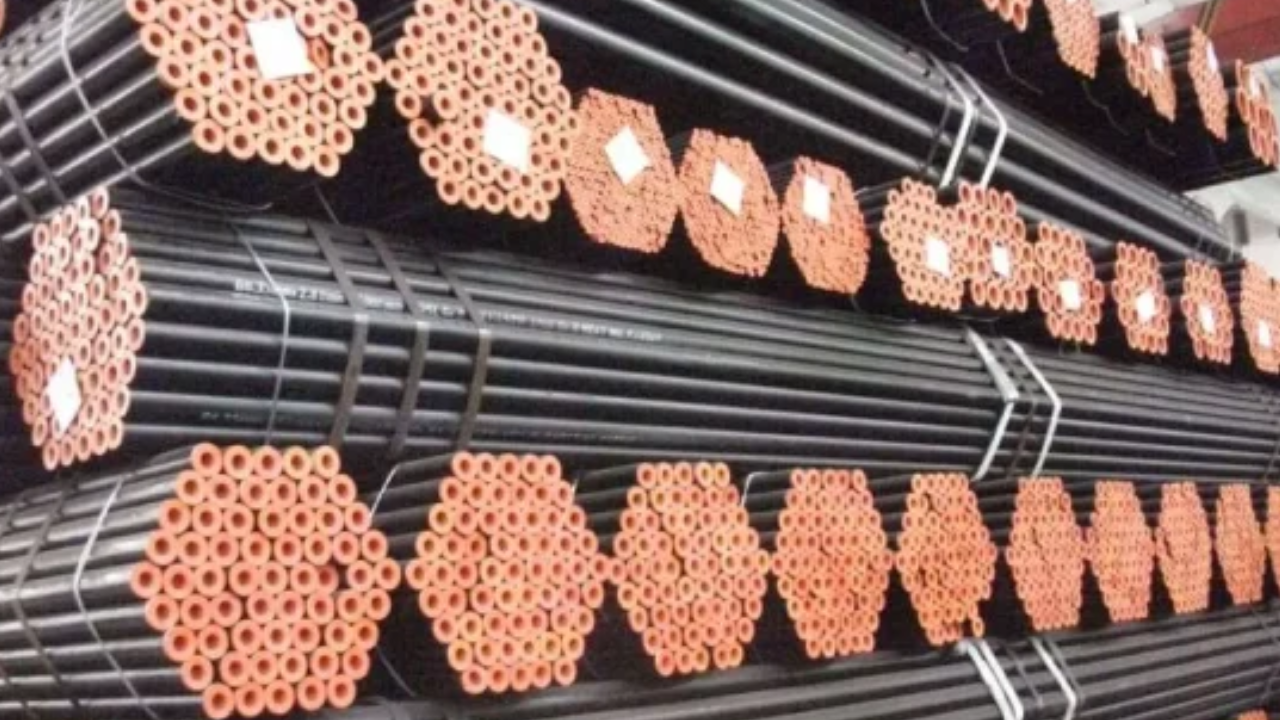In designing and advancement, the choice of materials is vital to the degree of cost-efficiency, viability, and security. The weight of the materials used is one of the key elements influencing this selection. two common options are carbon steel and stainless steel, each of which has particular characteristics that make them appropriate for distinctive makes use. Making wise decisions in many engineering contexts requires knowing how much carbon steel weighs about stainless steel.
The weight contrast between carbon steel and stainless steel primarily stems from their composition. Carbon steel is composed primarily of press and carbon, with follow sums of other components. In differentiation, stainless steel includes a better concentration of chromium and nickel, which enhances its erosion resistance. The thickness of these components essentially influences the general weight of the materials.
Applications and Weight Considerations
The choice between carbon steel and stainless steel should be based on a comprehensive assessment of the particular necessities of the venture, is carbon steel better than stainless steel, counting weight, quality, erosion resistance, and general lifecycle costs? The weight of the material plays a basic part in different applications, influencing everything from basic astuteness to transportation costs.
Auxiliary Applications
In basic applications, the weight of the material is a key calculation in deciding load-bearing capacity and solidness. Carbon steel is broadly utilized in development due to its high strength-to-weight proportion, making it perfect for building systems, bridges, and other structures where weight contemplations are pivotal.
Stainless steel, with its predominant erosion resistance, is regularly chosen for applications where presentation to cruel situations may be a concern. Whereas it may be heavier, its toughness and low support prerequisites can balance the weight disadvantage in certain scenarios, such as in coastal or mechanical situations where erosion could be a critical issue.
Transportation and Installation
The weight of the materials also impacts transportation and installation forms. Lighter materials decrease shipping costs and rearrange dealing with and establishment. Carbon steel, being moderately lighter than numerous grades of stainless steel, can offer fetched savings in these ranges.
This makes it a favored choice for large-scale ventures where transportation and installation proficiency are imperative. Be that as it may, stainless steel's resistance to erosion and lower support needs can legitimize its utilization despite the potential for higher introductory transportation costs. In situations where upkeep is challenging or costly, the life span of stainless steel can exceed the introductory weight and transportation contemplations.
Execution and Strength
Weight isn't the as it were figure to consider; execution and strength are similarly critical in fabric choice. Carbon steel's quality and solidness make it appropriate for high-stress applications. It can withstand critical weight and is less likely to misshape beneath overwhelming loads. Stainless steel's essential advantage lies in its erosion resistance, which is accomplished through the expansion of chromium. This makes it perfect for applications where presentation to dampness, chemicals, or high temperatures is common. Despite its potential to be heavier, stainless steel's toughness and low support necessities can result in lower lifecycle costs, making it a cost-effective choice in the long run.
Conclusion
In summary, the weight comparison between carbon steel and stainless steel includes a few components, counting composition, application requirements, and execution characteristics. Carbon steel, with its lower thickness, is regularly favored for applications where decreasing weight is significant, such as in basic and automotive design. Stainless steel, despite its potential for higher weight, offers prevalent erosion resistance and strength, making it perfect for situations where life span and low maintenance are needed.


